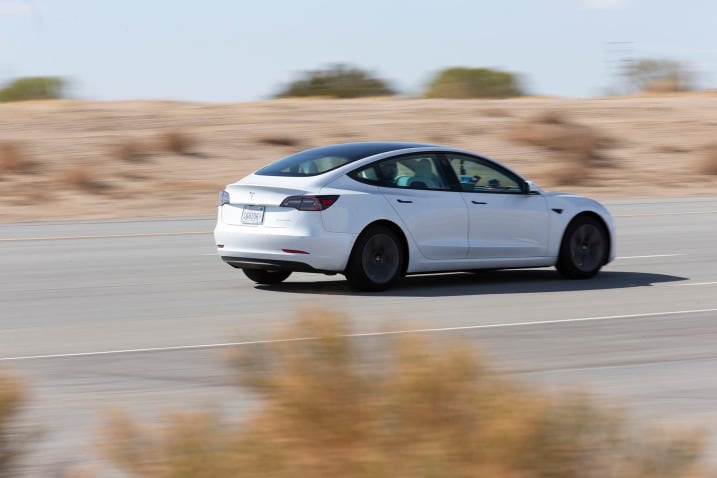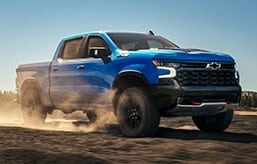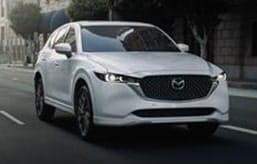- The 2021 Tesla Model 3 Long Range fell 2.3% short of its 353-mile EPA range rating in our real-world test, traveling 345 miles between charges.
- The Model 3 Long Range still went farther than any other EV Edmunds has tested to date, beating the second-place Porsche Taycan 4S by 22 miles.
The Tesla Model 3 Long Range has an EPA-rated driving range of 353 miles, which is more than nearly every other EV on sale today, save for a couple of other Teslas. But how does that range pan out in the real world? The EPA tests in a laboratory, so how much can real-world factors affect a car's range?
Especially given the Model 3 Long Range's impressive EPA rating, we wanted to see how it stacked up on the Edmunds real-world EV test loop. Here's what happened.
Testing the Model 3 Long Range in the real world
Edmunds tests every new electric vehicle on the same real-world driving loop to see just how far it can travel from a full charge down to zero miles remaining. Generally, today's EVs have matched or exceeded their EPA range estimates in our testing, although no Tesla has done so yet. During our drive with the Model 3 Long Range, the ambient air temperature was 53 degrees Fahrenheit.
When our Tesla hit zero, it had covered 345 miles — a new Edmunds record as of this writing. However, that figure is still 8 miles or 2.3% shy of the Model 3 Long Range's 353-mile EPA rating. That's a close enough margin that we believe the Model 3 Long Range is technically capable of matching its rating if you take into account the emergency buffer past zero. In Edmunds' testing, though, the Model 3 Long Range — like the other five Teslas we've tested — came up short, even though most other EVs have hit their EPA estimates without issue.




 by
by